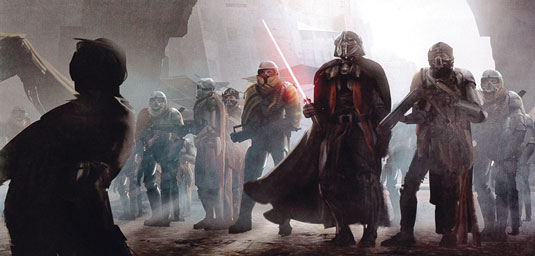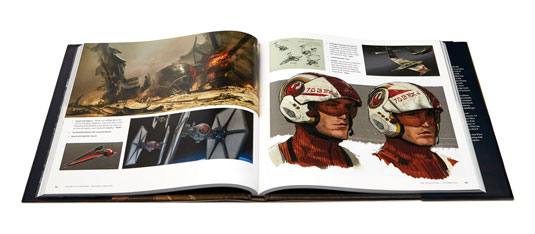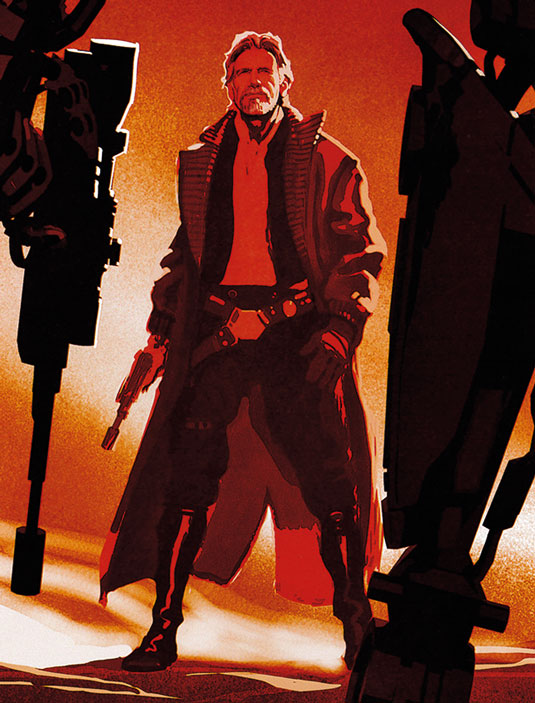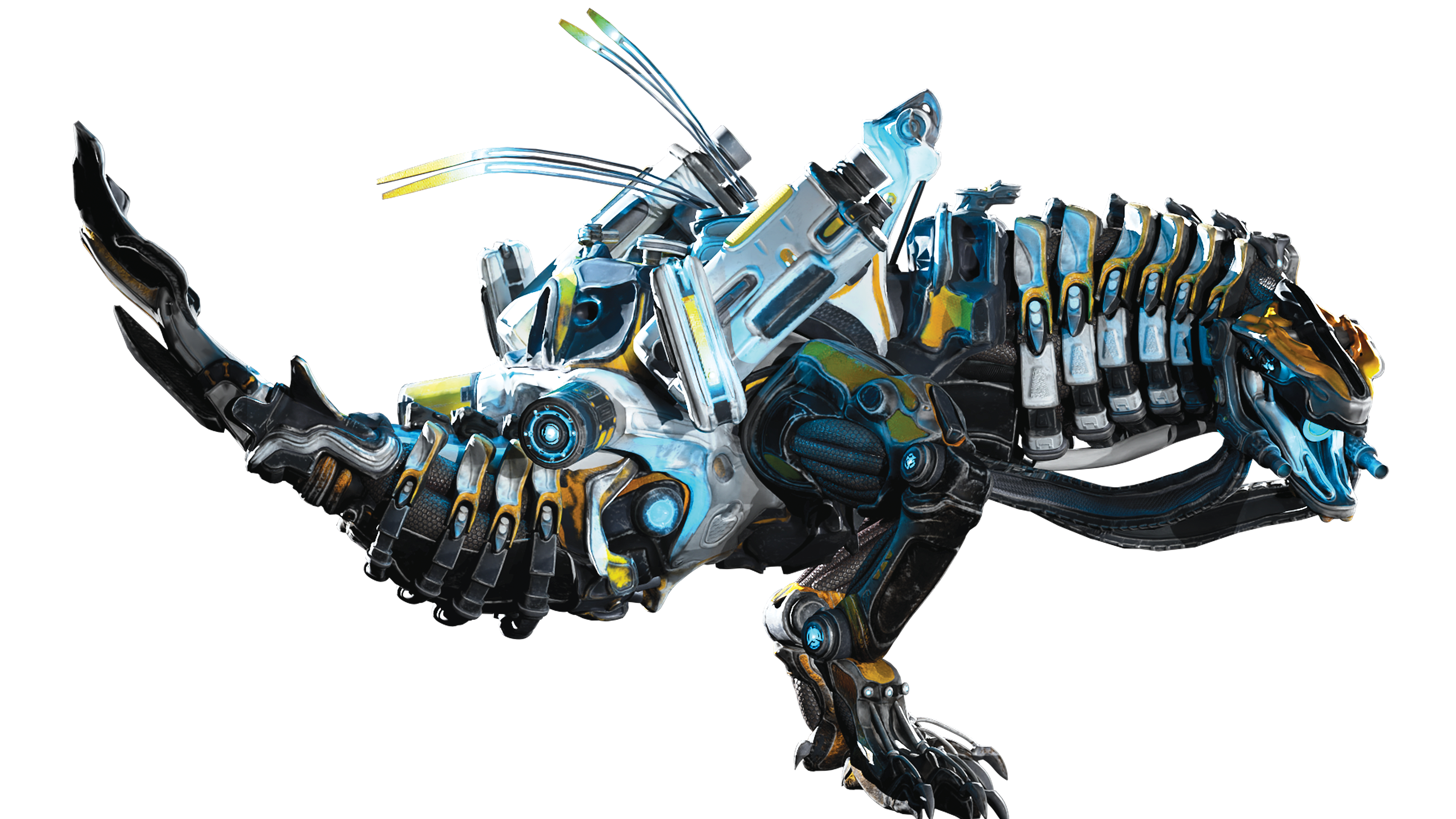Our Verdict
Breath taking imagery will satisfy fans of the Force and those not so familiar. But even without the 258 pages of stunning art, we'd have bought the book for the exclusive interviews and indepth insight into bringing such a complex world to life on screen.
For
- In-depth explanation of how the team went from initial sketches/concepts to finished models, costumes and visual effects
- Explains how concept artists drove this blockbuster movie
- Author, Phil Szostak, part of art department as a conceptual researcher and archivist
- 600 colour illustrations
- No attempt to pad things out with movie stills
Why you can trust Creative Bloq

For those of you who've seen the latest Star Wars and want to know how they made it all look so damn beautiful, this book will likely never be bettered.
But even if you're not a fan, any artist will find a lot to be fascinated by in this colourful account of how concept artists drove this blockbuster movie.
The author, Phil Szostak, was embedded with The Force Awakens art department as a conceptual researcher and archivist from December 2012 right to the end of production, so he knows his stuff.
And his explanation of how the team went from initial sketches and concepts to finished models, costumes and visual effects is in-depth and detailed.
Phil recounts how producer Kathleen Kennedy gathered together an array of art talent, led by Rick Carter (who provides the book's introduction), Darren Gilford, and Doug Chiang to reimagine George Lucas's franchise for the Disney era.

Exclusive interviews with these and other artists provide unique insights into how they brought director JJ Abrams' vision to life.
In fact, we'd probably have bought this for the text alone. But the real joy of this beautifully produced book lies in the 600 colour illustrations, including production paintings, concept art and sketches, storyboards, blueprints and matte paintings.
There's no attempt to pad things out with movie stills; every spare inch of the 258 pages is crammed with breathtakingly imaginative art.

And you don't just see, as with similar books, rough versions of what eventually ended up in the finished film.
The artists, known at Disney/Lucasfilm as the Visualists, went through a pretty wild brainstorming process to get there, and much of the art they left by the wayside is reproduced in all its glory.
We see the original storyboard for the opening sequence, for example, which precisely mirrors the start of A New Hope. We see initial designs for Jakku inspired by the shipbreaking yards of modern India – a far cry from the Wild West-inspired desert towns they later became.

We experience the lengthy evolution of what eventually became Kylo Ren's mask, yet initially began as more of a twist on the original Dark Vader helmet.
More intriguing still are the concepts that didn't make it at all: the Emperor's Tower, crash-landed underwater after the second Death Star explosion; a four-person TIE fighter, called the Quad fighter; Luke tormented by Anakin's Ghost… How much of this, we wonder, will turn up in the Star Wars films yet to come?
The Art of Star Wars: The Force Awakens

Thank you for reading 5 articles this month* Join now for unlimited access
Enjoy your first month for just £1 / $1 / €1
*Read 5 free articles per month without a subscription

Join now for unlimited access
Try first month for just £1 / $1 / €1
out of 10
Breath taking imagery will satisfy fans of the Force and those not so familiar. But even without the 258 pages of stunning art, we'd have bought the book for the exclusive interviews and indepth insight into bringing such a complex world to life on screen.

Alice Pattillo is a freelance journalist with a passion for heavy metal, horror, science fiction, fantasy and comics. She has over seven years experience in magazines, formerly working as a staff writer at Creative Bloq, Imagine FX, Computer Arts and 3D World, as production editor for Guitar World and Guitar Player and online editor of Metal Hammer.
